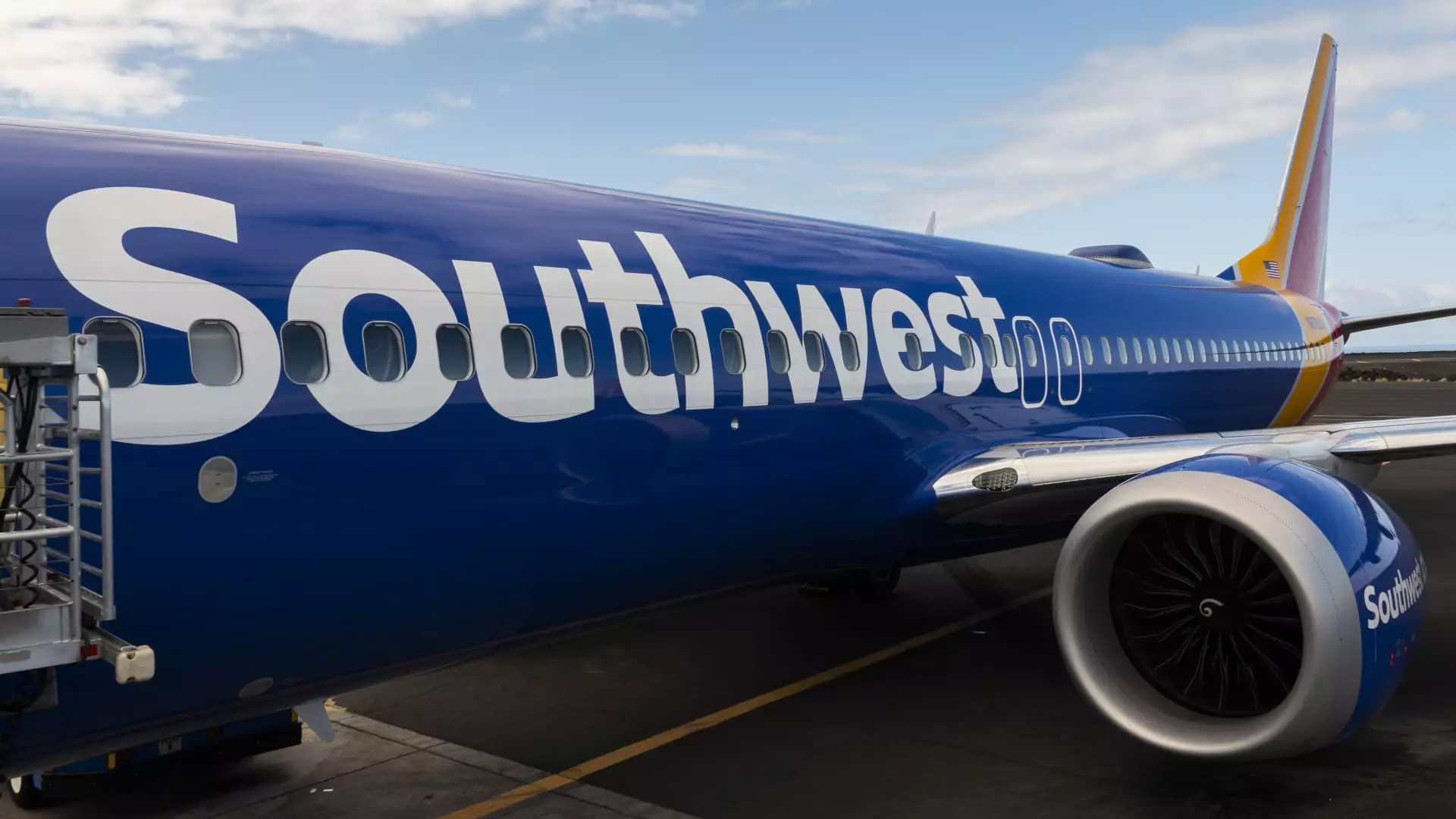Southwest Airlines shares took a hit in premarket trading as the carrier announced a reduction in its second-quarter revenue forecast. The airline cited changing booking patterns as the reason for the downgrade. Southwest now expects a 4% to 4.5% decrease in revenue per available seat mile for the second quarter, significantly lower than its previous estimate of a 1.5% to 3.5% decline.
In addition to the revenue forecast cut, Southwest also revealed that its unit expenses, excluding fuel, could rise by as much as 7.5% compared to the previous year. This news comes as a surprise to many, as the airline had initially expected no change in expenses. Furthermore, Southwest announced that its capacity would increase by up to 9%, a significant jump from the flat growth it had previously anticipated.
The airline industry as a whole is facing challenges despite record numbers of passengers. Rising costs and capacity expansions have put pressure on fares and profits. Southwest Airlines, in particular, is struggling to adapt its revenue management to the current booking patterns, leading to the reduction in its revenue forecast. This has dampened investor confidence and contributed to the stock drop.
Southwest Airlines is not only dealing with operational challenges but also facing pressure from activist investors. Hedge fund Elliott Management has called for the replacement of CEO Bob Jordan and Chairman Gary Kelly, citing underperformance as the main reason. The company has defended its leadership but is considering revenue initiatives like seating assignments and premium seating to boost profitability.
Despite the setbacks, Southwest remains committed to meeting the changing needs of its customers. CEO Bob Jordan emphasized the importance of adaptation at an industry event, signaling a willingness to make strategic changes to drive growth. The airline industry is evolving rapidly, and Southwest must stay agile to remain competitive in the market.
Southwest Airlines’ stock drop and revenue forecast cut highlight the challenges facing the airline industry. As the company grapples with changing booking patterns and increased expenses, it must find innovative solutions to drive profitability. With pressure from activist investors and the need to adapt to evolving customer needs, Southwest must navigate these challenges strategically to secure its position in the market.

Leave a Reply